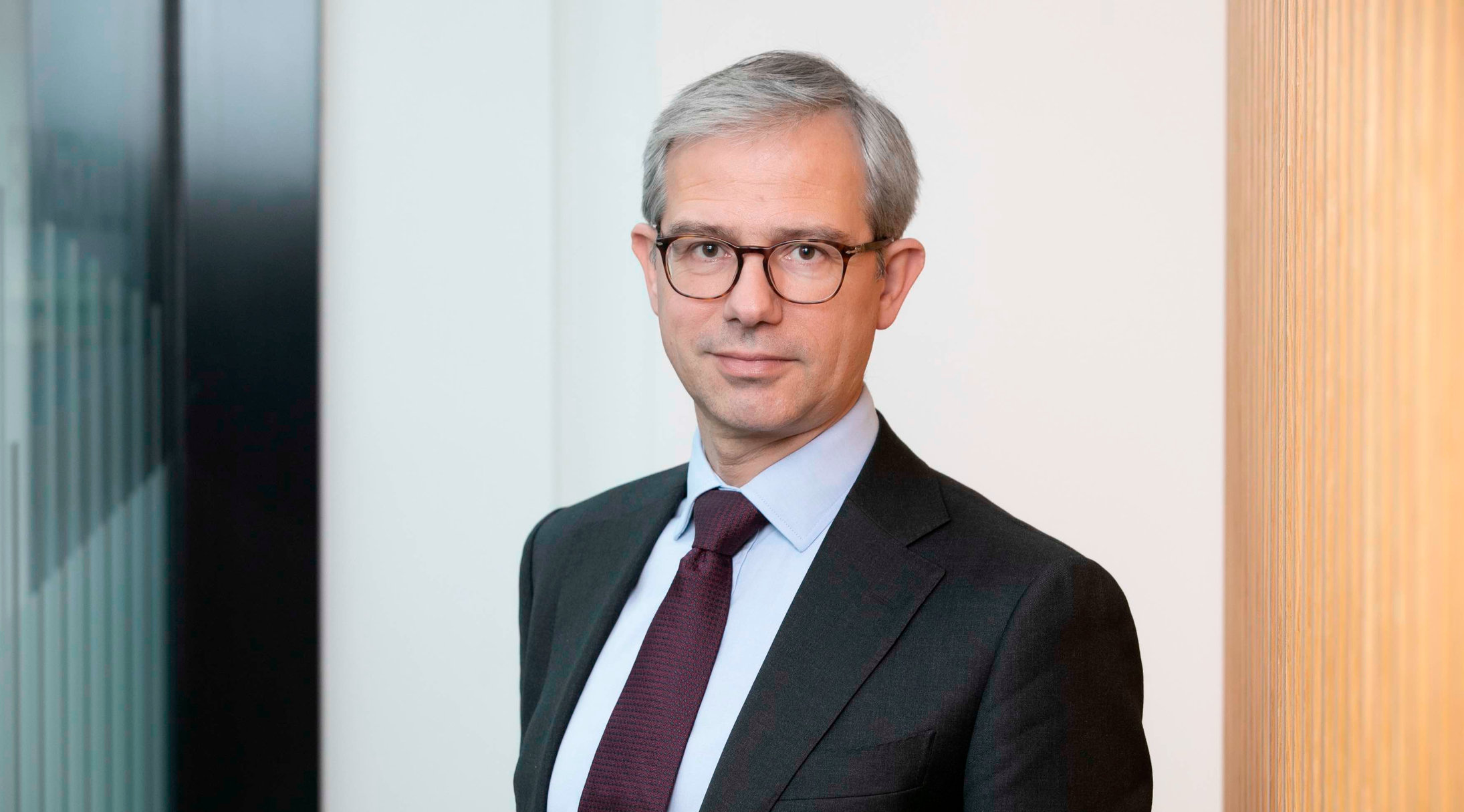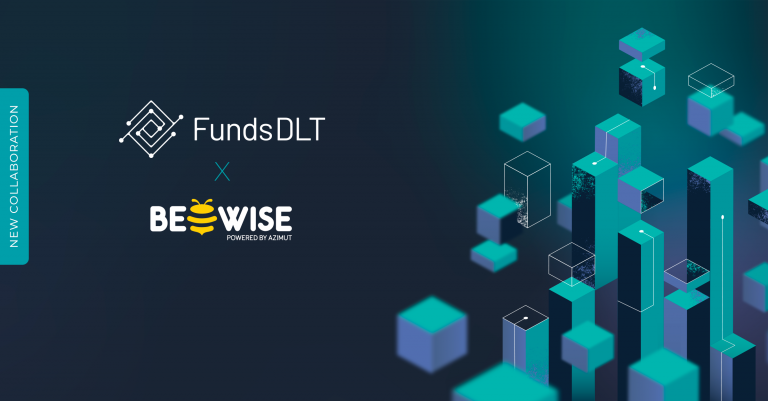Tokenisation may seem straightforward, but investment funds have specific obligations. Paolo Brignardello of FundsDLT explores the differences between public and private blockchains for the distribution of tokenised funds.
Blockchain technology has long emerged from being an intriguing concept to a reality with the potential to revolutionise many investment instruments, which are becoming nowadays akin to “digital assets.” However, when it comes to investment funds, tokenisation can be decidedly complex, due to their inherent nature and extensive regulatory requirements.
A common perception of tokenisation in a blockchain suggests that a digital asset becomes readily purchasable and transferable by anyone over a publicly available broad market, as the various cryptocurrencies have proven. Well, yes and no. Yes, in that it is true that a public blockchain is in fact an open technical infrastructure, easy to “plug & play”, accessible to all globally, issuers and consumers alike. No, because this is certainly not workable when it comes to investment funds, which are special vehicles subject to various regulations so that retail investors have transparent, regulated, and safeguarded opportunities to invest.
Due to their nature as a product that need to be pushed into the market, investment funds are bound by a multitude of robust regulations, which are in place for a multitude of reasons. For instance, they ensure the protection of investors, enforce stringent KYC and AML processes, ascertain that the product aligns with the investor's financial objectives, and standardise information and reporting requirements for all actors involved in the investment fund distribution chain, including to regulators. Furthermore, funds are bought at a primary market level, which means investors are registered directly as shareholders of the investment company. These rules help to ensure a fund's integrity.
What is really driving fund tokenisation?
So, why consider fund tokenisation if the process has to comply with so many constraints? Fund tokenisation must serve a distinct purpose, and ultimately, it should create value. Primarily, the drive behind tokenisation is not merely about the digital transformation of shares. After all, most fund shares are already purchasable digitally, to some extent.
"Tokenisation's USP is the democratization of assets, making them much more accessible. It is a revolutionary step towards efficient distribution of assets and digital assets, catering to the evolving needs of the modern investor."
The real value of tokenisation lies in the underlying decentralisable infrastructure based on blockchain technology. This is commonly called Distributed Ledger Technology (DLT).
The fund distribution supply chain is characterised today by numerous intermediaries with their own siloed technology environments who add costs and create operational inefficiencies, while supporting business development. DLT represents an opportunity for automating most parts of the distribution chain, reducing costs, speeding up transactions, and preventing the replication of activities across the chain. It removes the need for multiple reconciliations between various entities such as the custodian, the administrator, the transfer agent and the investment manager. It enables parallel processing rather than sequential processing, resulting in significant time savings and further increasing efficiency.
The unique selling proposition of tokenisation, however, is the democratization of assets, making them much more accessible. It is a revolutionary step towards efficient distribution of assets and digital assets, catering to the evolving needs of the modern investor.
Infrastructure and ecosystems
As mentioned, the most critical element in the tokenisation process is the infrastructure supporting it. The fund industry's desire to consolidate fragmented, legacy technology, streamline the distribution chain and improve investor access necessitates certain changes.
"A private blockchain can be more easily adapted to meet regulatory needs, especially,for retail investment funds sold in many jurisdictions."
And, to a certain extent, any blockchain-based infrastructure can play a role in this, be it public or private. However, to allow a compliant business for regulated products such as investment funds, a private infrastructure-based permissioned blockchain but shared amongst multiple institutions is more suitable at this stage of the evolution of the environment. The reason is simple: access to a tokenised fund can be granted only through a network participant, and these participants are actors that are regulated and able to comply with all rules applicable to the commercialization of investment funds.
Overall, a private blockchain can be more easily adapted to meet regulatory needs, especially, if we are speaking about retail investment funds sold in many jurisdictions. This approach to blockchain presents the perfect case for establishing shared networks, while also maintaining high security levels and control over data access. A private blockchain ensures more confidentiality for sensitive data, including investor information and transaction specifics. In a public blockchain, all transactions are visible to everyone, which may not be desirable, whereas a private blockchain can restrict access and visibility to authorised participants only.
At the same time, this information can be shared on-chain and in a permissioned way to all actors that need it. KYC and AML, as well as investment fund data, thus become less duplicative. In the same way, transaction and settlement data is accessible throughout the distribution chain.
A foundational change
To return to the original point, although the opportunities around tokenising investment funds to distribute to a broad market through an open infrastructure appear to be attractive, one must take into account the nature of the product and the rules to which it is subject in order to be compliant. A permissioned decentralised blockchain-based infrastructure accessible to all accredited market participants is more suitable.
Tokenisation is not just a shift but a foundational change. Tokenising investment funds is an innovative process that demands respect for existing regulations, a thorough understanding of fund distribution ecosystems, and a robust underlying infrastructure. Moreover, we believe that the benefits far outweigh the challenges. By laying down the necessary building blocks, we contribute to paving the path toward a financial future that is more efficient, transparent, and inclusive.



